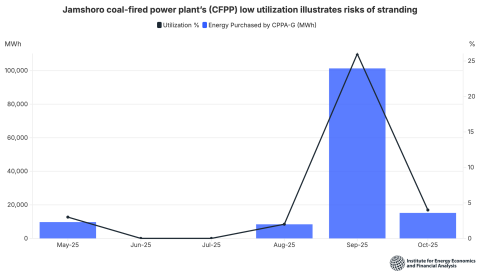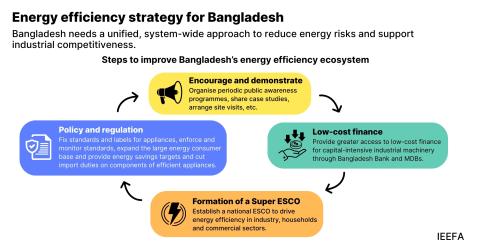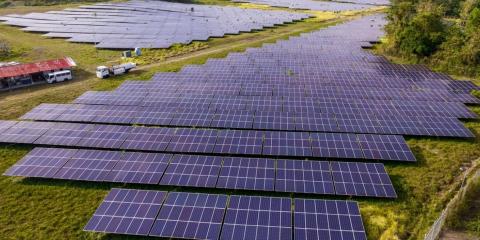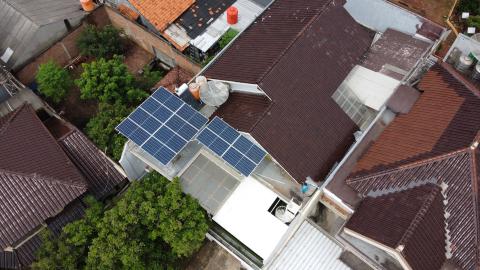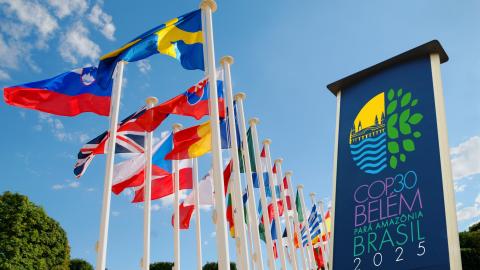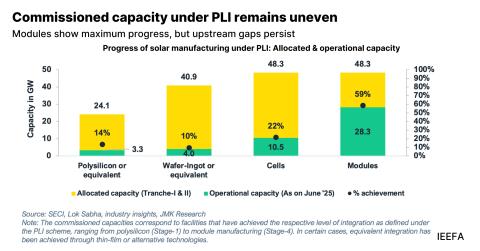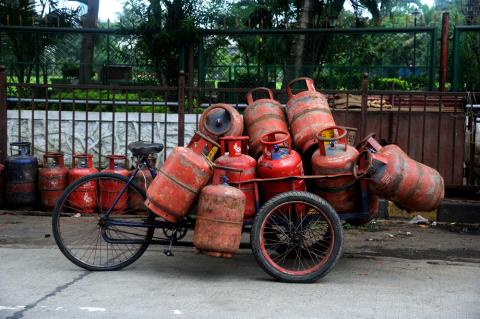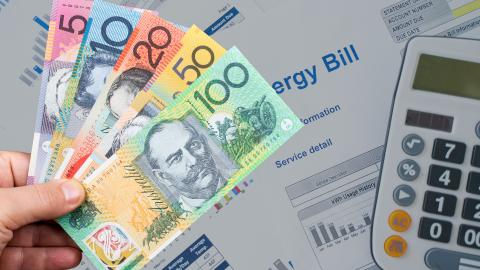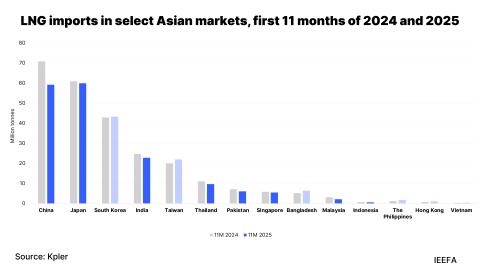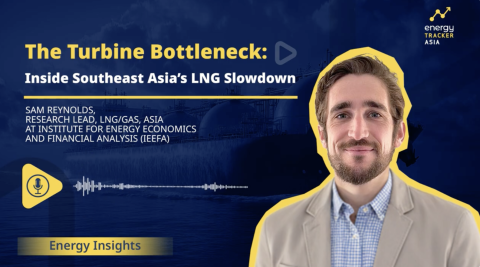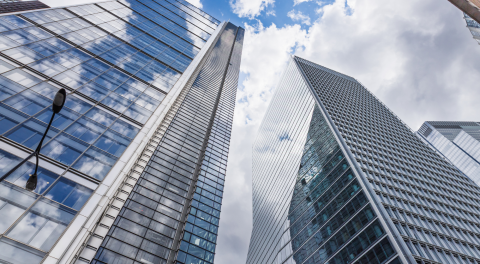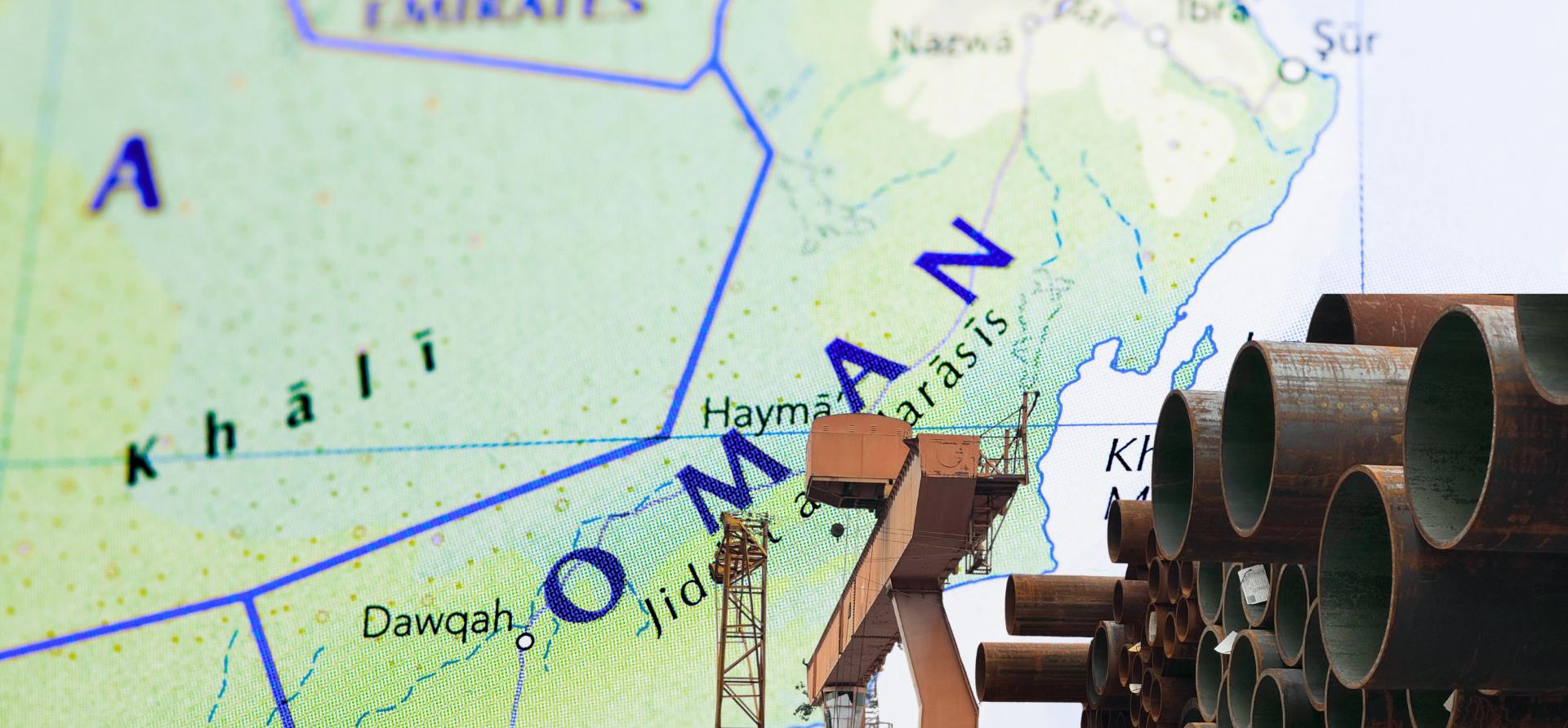
Key Findings
Oman is emerging as a global green iron and steel hub, thanks to its vast renewable energy potential, growing hydrogen initiatives, abundant land for project development, a strategic location with access to open seas, and a supportive regulatory framework.
A new generation of direct reduced iron facilities is being developed in Oman, featuring flexible technologies that allow use of hydrogen from the outset. This approach could set a new standard for the green iron transition.
Oman benefits from an integrated steelmaking supply chain well suited for moving towards green iron and steel. This set-up includes pelletizing, direct reduction and electric arc furnace facilities – with expansion plans that include domestic iron ore concentration.
Oman is one of the few nations in the Middle East and North Africa (MENA) region with an integrated steelmaking supply chain, from global iron ore concentrate supply to electric arc furnaces (EAFs) for steelmaking. This established industrial base provides a solid foundation for transitioning towards low-carbon iron and steel production – and ultimately green iron and steel.
Oman’s iron and steel sector has traditionally been dominated by two major players, Jindal Group and Vale. Now, the country is attracting new international initiatives, such as Meranti Green Steel, Mitsui and Kobe Steel, and Jinnan Steel, which are entering and reshaping the market.
Based on the projects currently in the pipeline, an additional 12.6 million tonnes per annum (Mtpa) of concentrate, 6Mtpa of pellets, and 12.5Mtpa of direct reduced iron (DRI)/hot-briquetted iron (HBI) are expected to be added to the country’s existing production capacity. By establishing these new capacities, Oman aims to position itself as a regional hub for iron production.
Several large-scale low-emissions ironmaking projects are expected to reach final investment decision (FID) by 2026, and integrating green hydrogen with iron production represents a promising step for Oman toward achieving net zero emissions by 2050.
Oman’s Vision 2040 outlines a target of achieving a non-oil share of GDP of over 90%, signalling the country’s ambition to move away from reliance on fossil fuel exports. The country has set clear targets for expanding its renewable energy portfolio, with significant investments in both solar and wind power. Oman has 13.5 gigawatts (GW) of announced solar power capacity, of which 1.8GW is operational, and 2.1GW is under construction. For wind power, announced projects total around 13.2GW, with 50 megawatts (MW) operating and 100MW under construction.
Producing continuous, round-the-clock electricity from solar energy is now possible using battery storage. An Ember study indicates that, backed by Oman’s exceptional solar irradiation, it could get 99% of the way to delivering a 1GW constant power supply, at a competitive price compared to other locations and technologies. Having such potential to generate cheap and reliable electricity could be a major advantage for steelmakers in Oman, providing the constant power needed for EAFs, direct reduction facilities, and, importantly, power-hungry hydrogen electrolysers.
The three large-scale DRI projects currently in development, with a combined capacity of 12.5Mtpa, will require around 130 petajoules (PJ) of gas, equivalent to nearly a quarter of the country’s gas exports. While Oman has sufficient gas to initiate these projects, it is important to note that they are expected to start with a blend of gas and green hydrogen from the outset.
Gas-based DRI is emissions-intensive, and it is not possible to produce green iron and steel with gas. Without transitioning from gas to green hydrogen, these projects will – like other gas-based DRI plants – be unable to benefit from a green premium in the market, as their emissions would still exceed the thresholds for near-zero iron classification (even those equipped with carbon capture).
The country aims to produce 1–1.5 million tonnes of green hydrogen by 2030. To achieve this target, Oman has established a clear and coordinated strategy led by Hydrom, the national hydrogen orchestrator. The strategy focuses on enabling conditions to reach the set goals, including the development of shared infrastructure, bridging supply and demand gaps, offering financial incentives, and streamlining regulatory processes.
Coupled with its national strategy to become a leading hub for green hydrogen production, Oman is aligning its energy transition with industrial decarbonisation goals. Among all the announced initiatives, only a few have indicated plans to allocate their hydrogen production to steelmaking, including the Amnah project and, more recently, India’s ACME Group. The steel industry could become a major offtaker in Oman’s emerging green hydrogen economy, and domestic hydrogen use for iron and steel production should be prioritised.
Given its unique combination of industrial readiness supported by major corporates such as Vale and the Jindal Group, renewable energy ambitions, strong policy support, and a strategic location, Oman is well positioned to become a leading supplier of green iron and steel to international markets. Studies indicate that while Oman can produce gas-based DRI at low cost with limited competition from other regions, it also has the potential to supply green iron to markets such as the EU cost-competitively, holding an advantage over other producers, including Australia.


